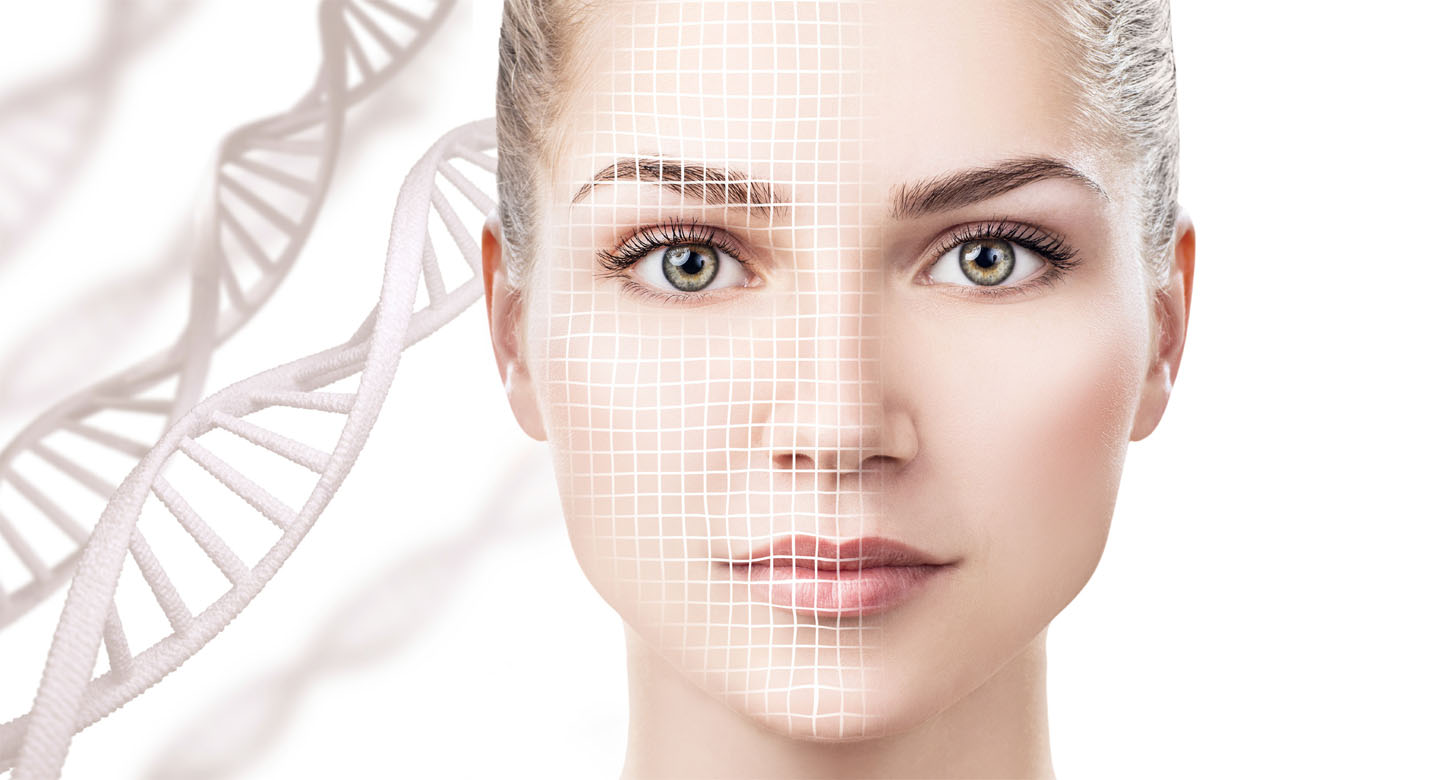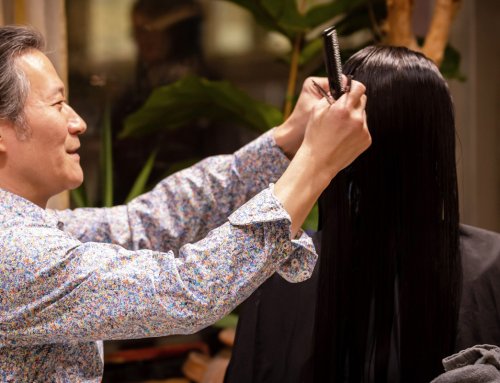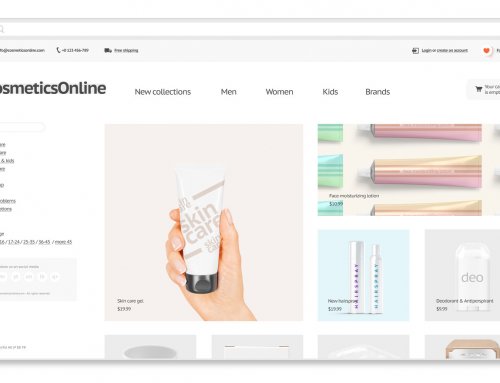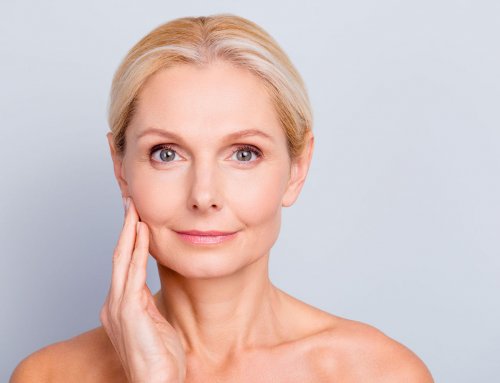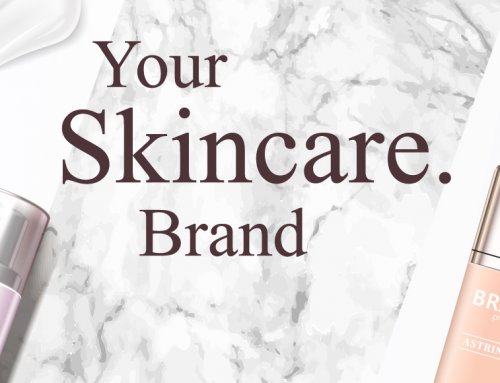There is an emerging trend within the skincare industry from preventative, feel-good products to those that are corrective. The vast majority of anti-aging products have preventative qualities, however, the fact that they may prevent visible signs of aging does not mean they correct what has already deteriorated. To tackle the corrective component buyers often seek products that contain specific ingredients which deliver a targeted outcome. Many national skincare brands now offer products containing Growth Factors, powerhouse ingredients with many significant restorative benefits.
Like an astronaut’s space suit or a diver’s wetsuit our skin acts like a layer of protection from outside harm. Unfortunately, our skin has vulnerabilities from external and internal sources, factors that can affect how it matures and its overall appearance. External factors such as sunlight and air pollution and internal factors like Glycation (AGEs) can lead to tissue damage resulting in wrinkles and sagging or discolored skin. This process is called oxidative stress which has serious consequences such as inflammation, diminished collagen and elastin and premature aging. Often the oxidative process results in the skin’s diminished capacity to repair itself. Just as we try to help our slowing metabolism by eating right and exercising regularly, our skin needs support too.
Growth Factors were first discovered in the 1980’s by Dr. Rita Levi-Mantalcini and Dr. Stanley Cohen who were awarded the Nobel Prize in Physiology or Medicine for their discovery of Epidermal Growth Factors. Their research has had a major impact on our understanding of human growth and cellular reproduction.
Stem cells are the foundational cells that are still found within different types of tissue in adults. Stem cells communicate by producing and releasing proteins called cytokines and growth factors. When these proteins are released they bind to specific receptors on cell membranes, activating signaling pathways involved in cell growth and proliferation,1 decreasing excess tissue inflammation,2 forming new blood vessels,3 and stimulating production of skin matrix components4. Think of this process as a lock and key mechanism. When a key is placed into a lock and it clicks, the cells are activated to perform like young healthy cells. As we age, the key mechanism becomes rusty. The production of these proteins begins to deplete, causing the stem cells in our bodies to receive less support. The skin’s ability to repair from daily environmental stressors and heal wounds deteriorates resulting in skin damage and visible signs of aging such as: fine lines; wrinkles; age spots; loss of elasticity and uneven skin texture. Topical Growth Factors are outstanding ingredients that combat the natural aging process by protecting and fortifying dermal stem cells.
One of the first areas to benefit from the 1980’s discovery was the use of Growth Factors for wound repair in medical situations due to their strong regenerative capacity. Soon after cosmetic formulators began working with growth factors in the hope of delivering the same powerful results to consumers that had already been achieved in medicine. The efficacy of growth factors for skin rejuvenation has been affirmed in multiple studies,5 and has paved the way to the release of a wide range of cosmetic products which contain these restorative ingredients.
There are many different types of Growth Factors found in the body, each having various functions on different cell types. Knowing which ones play a key role in supporting skin health can seem a bit daunting, but just as there isn’t one healthy food to eat, there isn’t one single ingredient solution for aging and other skin care concerns. Growth Factors work best and most effectively when they are paired up with other growth factors and used synergistically. Like with most things it is all about balance, the effectiveness of the product is based on the skill of the formulator, quality and potency of the ingredients.
Due to advancements in biotechnology over the past decade, there are now multiple sources of Growth Factors. They can be derived from different human cells, extracted from blood (Platelet Rich Plasma) or created from non-human botanical sources.
Epidermal growth factor (EFG): Works mainly on the outermost layer of the skin (epidermas) and has the ability to repair skin damage and increase the production of new skin cells.
Fibroblast growth factor: Supports the production of collagen and elastin that gives skin its tensile strength and elasticity.
Insulin-like growth factor-1 (IGF-1): Supports the formation of new blood vessels which enhances the delivery of oxygen and nutrients, improving skin health.
Vascular endothelial growth factor (VEGF): Supports the inflammatory response system by stimulating the formation of blood vessels.
In recent times aesthetic professionals have been pairing rejuvenating skin treatments with cosmetic Growth Factor products. After certain aesthetic treatments, such as ablative or non-ablative laser device treatments, there can be a period of downtime for the patient. In-office procedures can accelerate recovery and efficacy with a post-care regimen of a topical Growth Factor product applied to the treated area as it can revitalize damaged tissue, promote healing and reduce downtime.
One popular aesthetic treatment currently is Collagen Induction Therapy where the use of a Growth Factor serum enhances its efficacy. The controlled micro-injury caused during the treatment stimulates the production of new collagen and elastin. Superficial micro-channels created by the device during treatment enhance the delivery of topicals, such as Growth Factor serums, which stimulate and elevate fibroblasts within the skin.
Topical Growth Factor products are not only for professional applications, they can be used daily to keep fibroblasts robust and support resilience within skin structure. In a recent clinical study conducted over a four week period, a topical plant-derived Growth Factor serum (containing EGF, FGF, IGF-1, VEGF ), was used by a group of women aged 43-50. They noticed a 46% decrease in wrinkles under the eyes and a 21% reduction in the appearance of crow’s feet. Skin elasticity improved by 47% and moisturization increased by 83% immediately following application of the product and overall by 64% by the conclusion of the study. 6
While not as widely known as Peptides, Growth Factors have been used in the medical market for many years and in the last decade have surged in popularity in the result-driven professional skincare market. If you are looking for a non-invasive corrective boost to your daily skincare regimen, you should consider products which contain the regenerative benefits of Growth Factors.
References
1. Bhora FY, Dunkin BJ, Batzri S, et al. Effect of Growth Factors on cell proliferation and epithelialization in human skin. J Surg Res. 1995;59(2):236-44.
2. Pastore S, Mascia F, Mariani V, et al. The epidermal Growth Factor receptor system in skin repair and inflammation. J Invest Dermatol. 2008;128(6):1365-74.
3. Johnson KE, Wilgus TA. Vascular Endothelial Growth Factor and Angiogenesis in the Regulation of Cutaneous Wound Repair. Adv Wound Care (New Rochelle). 2014;3(10):647-61.
4. Schultz GS, Wysocki A. Interactions between extracellular matrix and Growth Factors in wound healing. Wound Repair Regen. 2009;17(2):153-62.
5. Ueda M. A novel approach for skin rejuvenation by regenerative medicine: delivery of stem cell-derived Growth Factors through an iontophoretic system. Int J Oral Maxillofac Implants. 2014; 29(1):e59-65. doi: 10.11607/jomi.te43.
6. http://www.independentchemical.com/adminimg/productpdf/15415739261544256163bio-placenta.pdf
